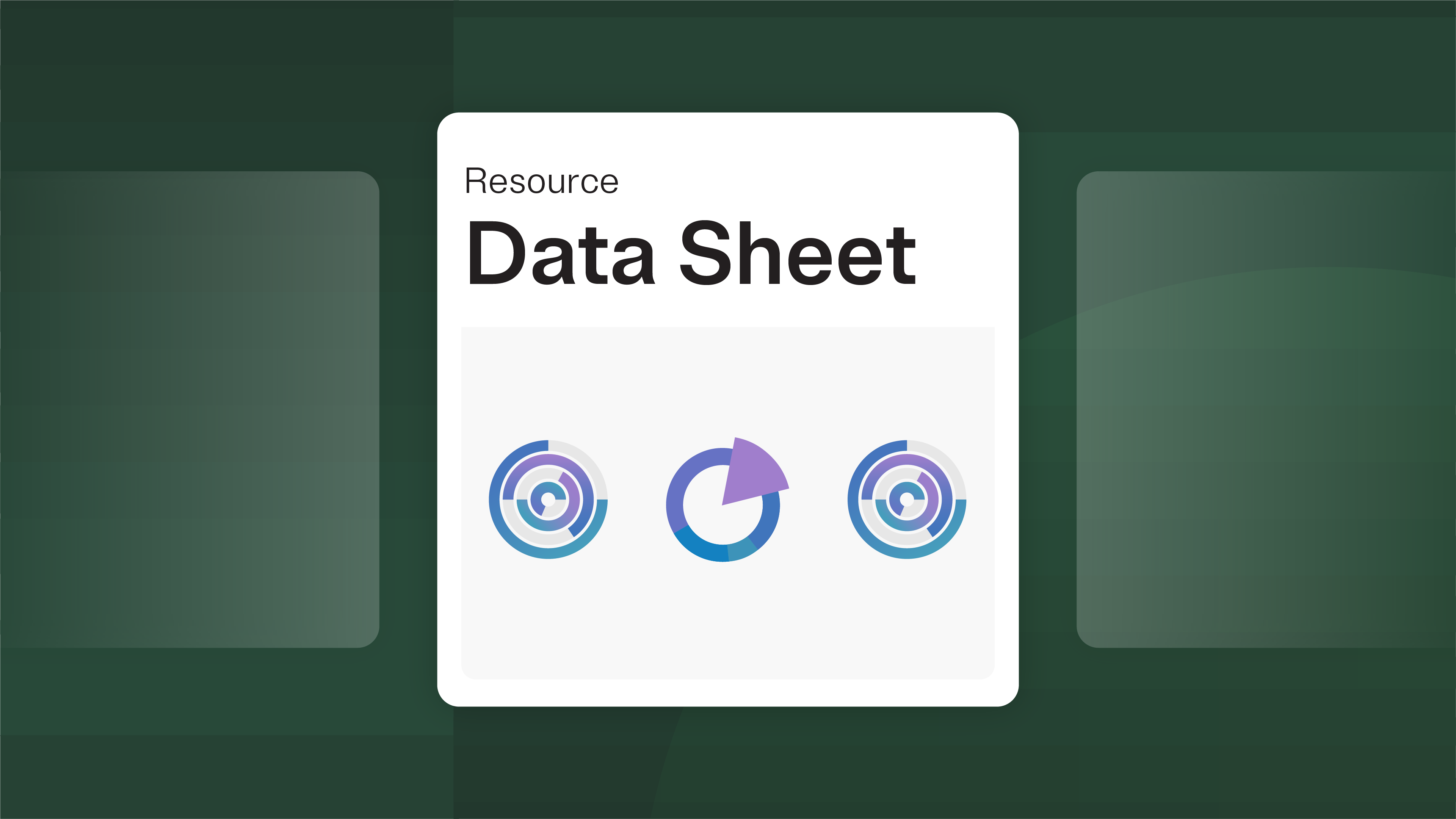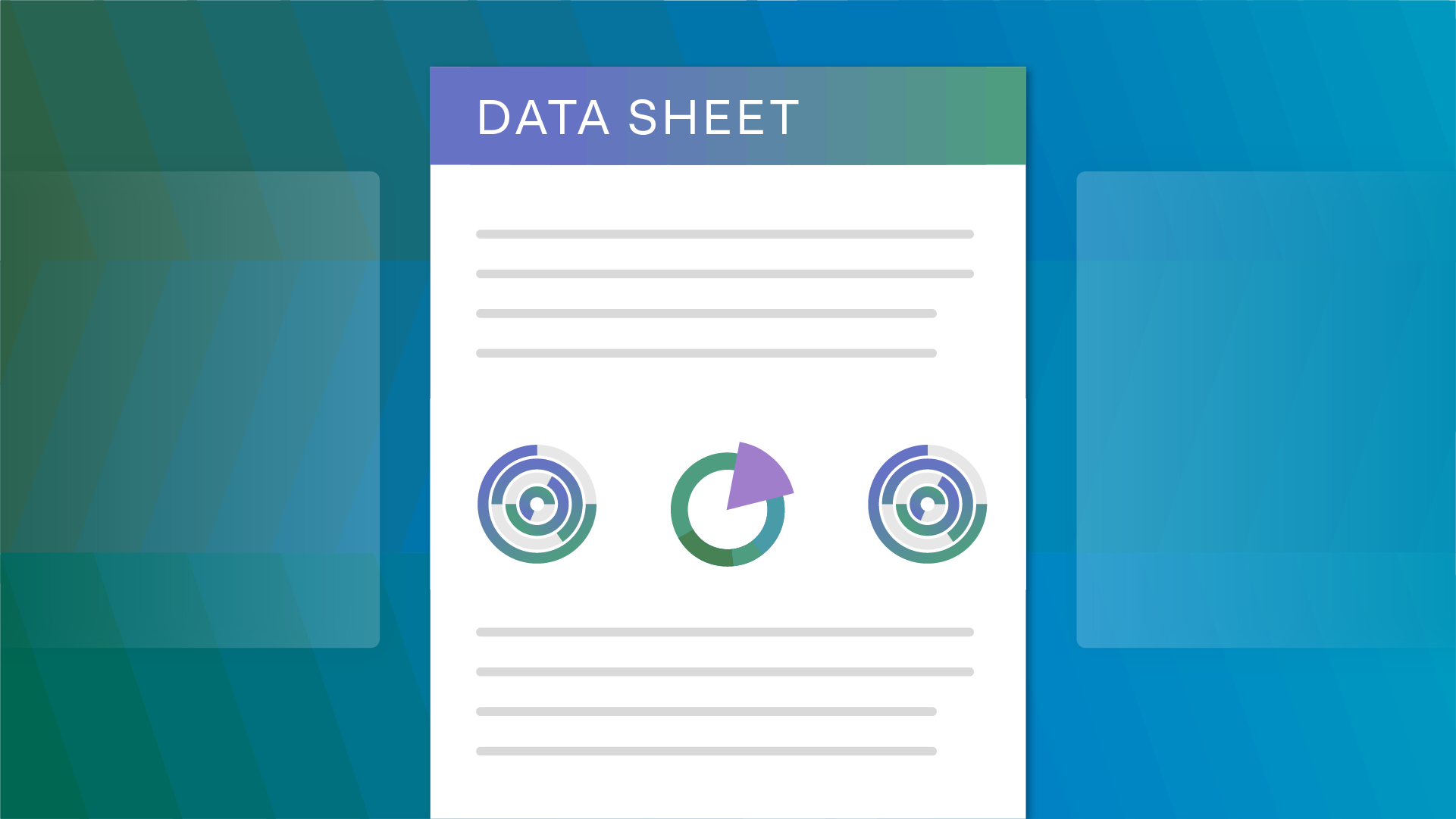Data governance is a complex endeavor for organizations of any size. As new comprehensive data privacy laws enter into force, organizations face questions on how to design and implement effective data governance systems.
Manual systems take time, are inconsistent, and face scalability challenges. Worst of all, these vulnerabilities place organizations at risk of noncompliance.
As privacy regulation matures, enforcement bodies are becoming less tolerant of these types of oversights. The good news is that maturing data governance teams now have access to sophisticated tools that eliminate many of these early challenges.
This guide will unpack the top four benefits of data governance tools, including:
- Consistent, scalable policy implementation through a unified data inventory
- Navigating fast-changing privacy regulations with ease
- Data quality assurance for business teams and compliance audits
Do you need Data Governance tools?
It can be tempting to stick with the systems already in place that govern data policies and usage. But if your data governance department isn’t taking advantage of the latest tools, you may miss out on critical value.
These four questions will help you assess whether you’re ready to start working with data governance tools.
1. Are you having difficulty developing data policies that work for an entire organization?
Every department will have unique use cases for your organization’s data. The best way to establish a consistent set of data policies is to ensure you have a complete understanding of your internal data structures. This will help you implement policies in a scalable way that function across distinct use cases.
2. Are business process owners unaware of access, retention, storage, minimization, and protection policies?
Expecting other internal teams to keep up with these policies isn’t realistic. Your aim should be to remove the guesswork from data governance policy application, especially for teams with diverse objectives.
3. Do business teams have questions about data quality?
If the data governance team can’t guarantee accurate data to internal teams that rely on it, the system isn’t working. Build trust with your stakeholders by operating from a unified data catalog compiled through automated data interpretation and metadata management.
4. Do you feel overwhelmed by dozens of new privacy laws entering force across jurisdictions?
Day by day, the regulatory environment is increasing in complexity for data governance professionals. The need is more significant than ever to anticipate new laws and adapt quickly, which is difficult to achieve with manual or semi-manual processes.
If you answered ‘yes’ to one or more of these questions, you should consider how data governance tools can help accelerate solutions, increase precision, and pursue compliance.
4 benefits of Data Governance tools
Preventing noncompliance shouldn’t be your data governance team’s only goal. You need to govern data consistently and effectively without slowing internal projects and innovation across the organization.
Data governance tools can help you enhance the privacy, security, and integrity of your data while adding value to your business. Explore these top four benefits of data governance tools, and consider how they can enhance your team’s efforts.
1. Unified Privacy, Security & Data Governance Initiatives
If your organization is working with decentralized data, it’s likely that stakeholders are needlessly duplicating efforts. Mitigate this common issue by unifying your privacy, security, and data governance initiatives into one platform.
2. Streamlined Business Access to Data
Providing a data catalog that’s easy to use and up to date with the latest governance policies allows business process owners to locate the data they need quickly and compliantly. It should also reduce the number of inbound inquiries for data access, freeing up time for data professionals to focus on policy development and implementation.
3. Improved Data Quality
Ensuring data quality calls for data cleansing processes in tandem with good governance. Then, with automated data governance tools, business teams can use clean data that reflects access, retention, storage, minimization, and protection policies.
4. Automated Compliance
As data privacy laws emerge across overlapping jurisdictions, it’s up to data professionals to untangle the resulting complexities and translate them into actionable policies.
Automated data governance tools reflecting the latest privacy laws can keep your data catalog up to date and improve compliance outcomes. Removing many of the manual tasks involved with updating policies can help you gain confidence that your organization is on a compliant path.
Explore best practices for Data Governance strategy
The volume of data that organizations collect and interact with is increasing exponentially. As a result, the obligations for data governance teams have never been greater. Perhaps you’re just getting started with developing your data governance program. You may also be searching for tips to enhance your existing data governance strategy.
Learn how you can build a data governance strategy that will fulfill your compliance obligations, scale across your organization, and establish trust with data stakeholders.
The Ultimate Guide to Data Governance provides a framework to help you implement the best possible data governance practices. Download it today.
































